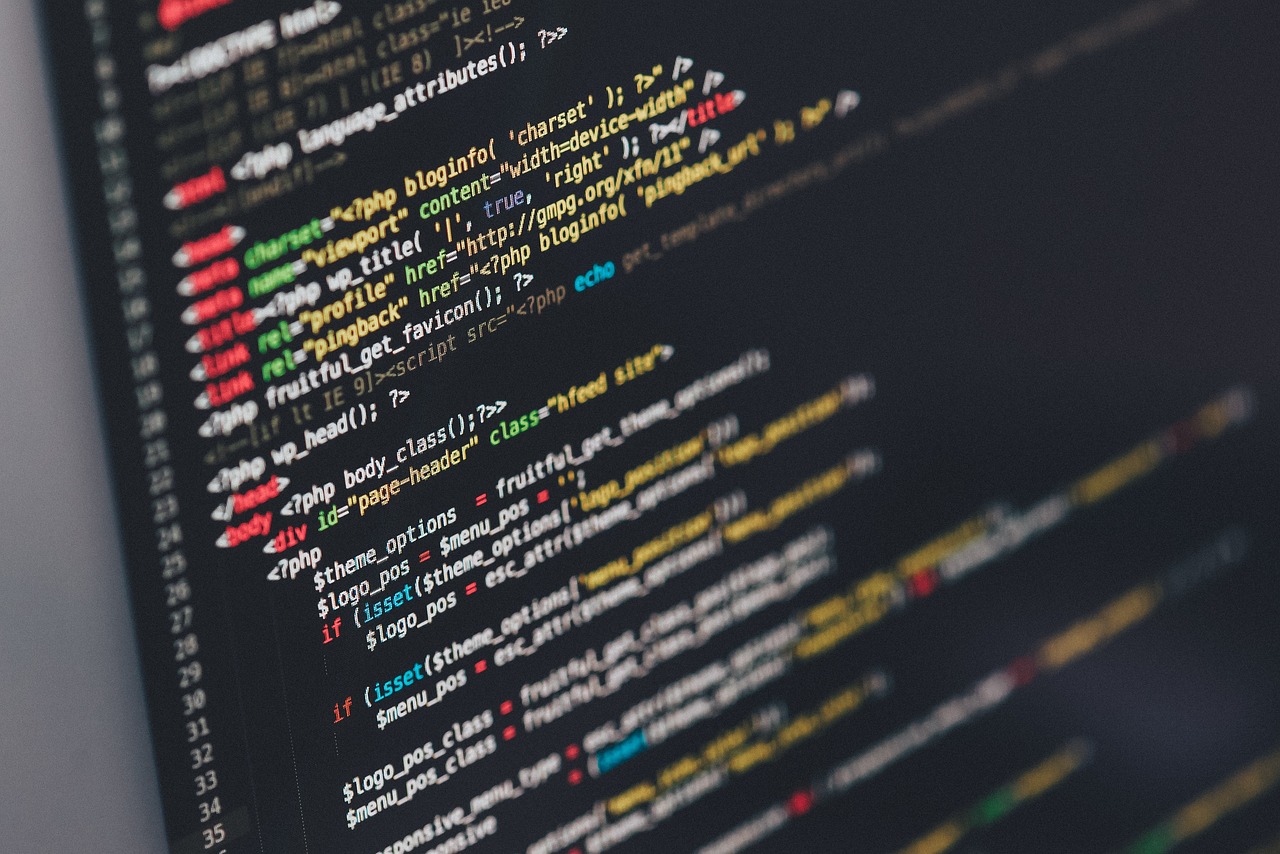#AI@Work: K-12 Obstacles & A Slippery Slope
For over two hundred years, the K-12 system has provided institutions that serve three important purposes. They provide custodial care. They are community and social organizations. And they educate children. Most of the funding comes from the state (80%). Some support comes from the federal government and local governments (about 15% and 5%, but this can vary widely). The K-12 education system is usually divided into local school districts. It is managed by a school board. It heavily relies on real estate taxes. This results in huge disparity for education policies, needs, programs and curriculum. It always depends on where the school is located. The model of K-12 is time and place sensitive. It was developed to standardize education, not individualize it. It took care of children during the day when parents went to work on the farms and in the factories.
The five big obstacles to including technologies in K-12 are:
1. scaling and sustaining innovation
2. data privacy and ownership
3. evolution of teaching and learning
4. learning pedagogy
5. technology gap and digital equity
The five big reasons technology will influence K-12 education are: learners as creators, data driven practices, personalization, social and emotional learning and building capacity as leaders (COSN, 2019). This is where AI enters the picture.
Higher Education in many ways is more provincial than K-12. We can trace the history of Higher Education back to the University of Bologna in 1088. The establishment of European universities started with Oxford in 1100. It went to the Harvard model in 1663 and not a lot has changed. Most schools in the United States operate on some version of the Harvard model for Higher Education. This model is exclusionary by nature. It sets up a classic curriculum and prescribed course of study. It also sets up joint governance and faculty rule. This was followed by the Colonial Nine, which morphed into the Ivy League of today.
Expansion began after the Civil War with the creation of MIT (Massachusetts Institute of Technology). Later it included land grant and community colleges. Liberal arts, vocational and correspondence degrees became part of Higher Education. When the DOE (Department of Education) was established in 1886, about 5% of the population took part. Accreditation came late to Higher Education. Higher Education expanded again after World War II with the GI Bill of 1944.
#AI@Work, #WFH, #Virtual Touchpoints, #ThePajamaEffect, #The Visual Connection, #BobbeGB, #BobbeBaggio, #Touchpoints, #Remote Workplace, #WorkFromHome, #PJEffect, #LinkedInNewsLive




